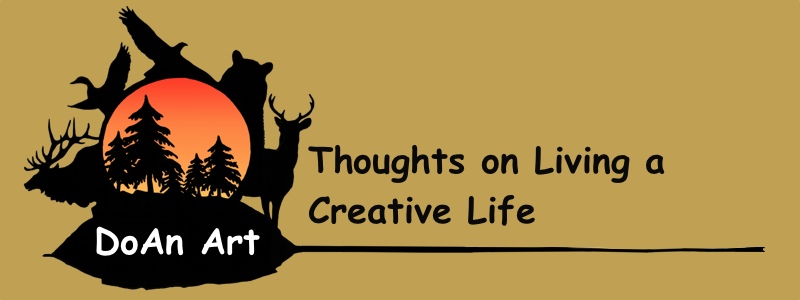
Last year in America, a third of the honeybee population disappeared, which came after losing a third of the population the year before. This is happening all over the world. Without some serious intervention, we are looking at the very real possibility of the extinction of the honeybee.
There are many theories concerning the reasons for their decline, none of them yet confirmed. But, regardless of the official reason, one of the theories that has a real impact is the loss of habitat. As more and more houses are built, and suburban sprawl widens, the subsequent deforestation rids the bees of tree cavities to nest in. The fields, once filled with flowers, turn to sterile, chemical-laced lawns, and the few flowers that do get planted in yards often do not provide food for the bees.
Some simple things one can do to help honeybees is to refrain from using pesticides and herbicides on lawns and to plant flowers that attract and nourish the bees. Some of the bee-favored flowers are Asters, Clover, Marigolds, Poppies, Sunflowers, Buttercups, Clematis,
Crocuses, Echinacea, Foxglove, Geraniums, Hollyhocks, Hyacinth, Roses, Sedum, Snowdrops,
Tansy, and Zinnias, plus many vegetable plants, herbs, and flowering trees and shrubs.
The decline of the honeybee has created a serious problem for everyone, for we are losing a key pollinator. Without pollination, our very food supply is threatened. One way to help ease the pressure off the Honeybee is to aid the Blue Orchard Mason Bee, by making homes for them to nest in. They are very industrious pollinators, a single female bee pollinating over 1000 blossoms a day! The male Blue Orchard Mason Bee cannot sting and the female rarely stings, they are not aggressive and safe to have around your home. They are great to watch and a perfect project for families to work on together, as it is very easy and enjoyable.
Here is a link to instructions for making your own Blue Orchard Mason Bee house. It is important to get the houses up soon, as the bees are starting to wake up and will be seeking homes. If you don't have time or really don't want to make your own bee house,
here is a link where you can purchase one. I am making mine this week and will post a picture once I get it set up!
Let's do our part to help the creatures whose homes and food we have taken away, and whom we cannot live without!
DoAn
 Subscribe in a reader
Subscribe in a reader
 DoAn Art is a sponsored project of Fractured Atlas, a non-profit arts service organization. Contributions for the purposes of DoAn Art must be made payable to Fractured Atlas and are tax-deductible to the extent permitted by law.
DoAn Art is a sponsored project of Fractured Atlas, a non-profit arts service organization. Contributions for the purposes of DoAn Art must be made payable to Fractured Atlas and are tax-deductible to the extent permitted by law.
All artwork and text © Copyright 2005-2009 DoAn Art (Antony Galbraith) unless indicated otherwise. All Rights Reserved. Any downloading, copying or use of images on this website is strictly prohibited without express written consent by Antony Galbraith.



